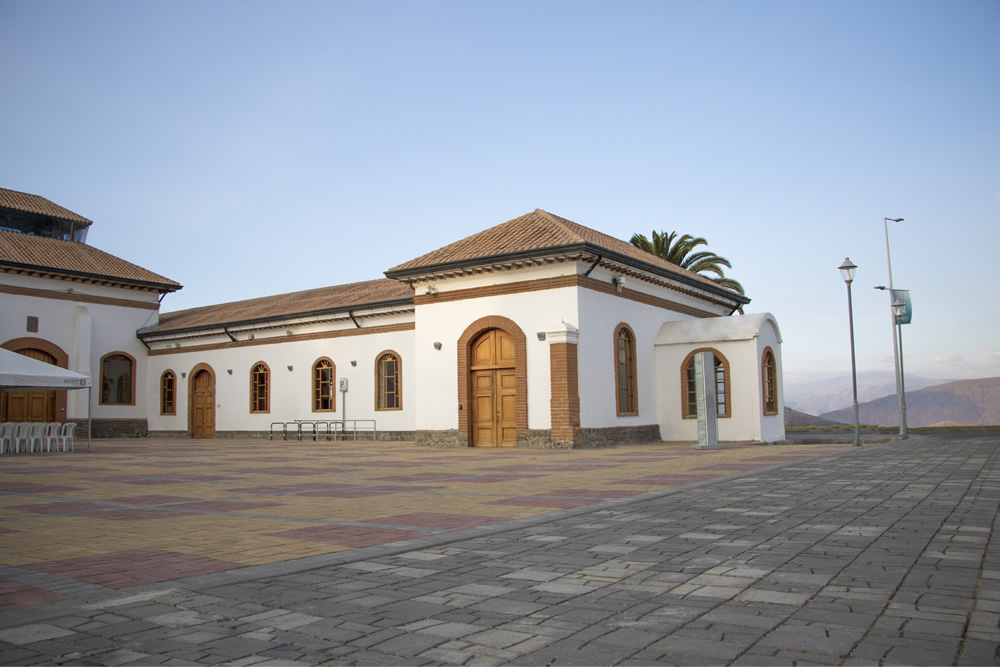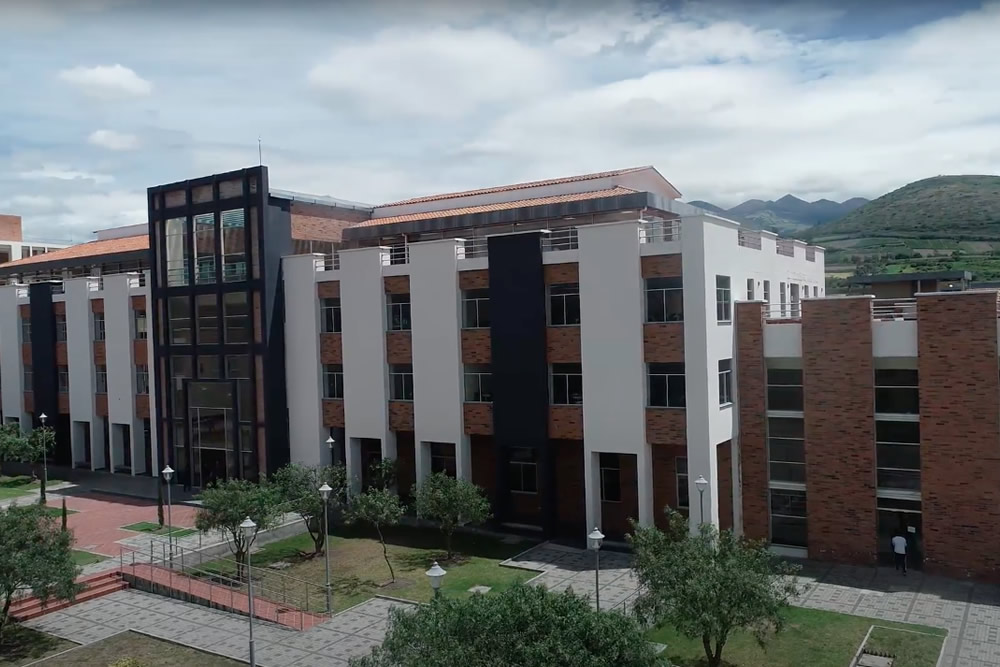Environmental degradation of advanced and traditional engineering materials / edited by Lloyd H. Hihara, Ralph P.I. Adler, Ronald M. Latanision.
Tipo de material: TextoIdioma: Inglés Detalles de publicación: Boca Raton : CRC Press, Taylor & Franciss Group, [2014]Descripción: xvii, 701 p. ; 26 cmISBN:
TextoIdioma: Inglés Detalles de publicación: Boca Raton : CRC Press, Taylor & Franciss Group, [2014]Descripción: xvii, 701 p. ; 26 cmISBN: - 9781439819265
- 620.112 23
| Tipo de ítem | Biblioteca actual | Signatura | Copia número | Estado | Fecha de vencimiento | Código de barras | Reserva de ítems | |
|---|---|---|---|---|---|---|---|---|
 Colección general
Colección general
|
Biblioteca Yachay Tech | 620.11223 E6162 2014 (Navegar estantería(Abre debajo)) | Ej. 1 | Disponible | 000548 |
Includes bibliographical references and index.
Includes bibliographical references and index.
"From metals and polymers to ceramics, natural materials, and composites, this book covers the environmental impacts on a broad range of materials used for the engineering of infrastructure, buildings, machines, and components all of which experience some form of degradation. The text discusses fundamental degradation processes and presents examples of degradation under various environmental conditions. It gives the fundamental principles for each class of material, followed by detailed characteristics of degradation for specific alloys of compositions, guidelines on how to protect against degradation, and a description of testing procedures"--
"Preface Corrosion is ubiquitous: all engineering systems are subject to environmental degradation in service environments, whether these systems are used for national defense or to save and improve the quality of life of individuals (medical devices of all kinds); to meet our energy needs on this planet; to provide clean air; to transport water, energy products, and other objects of our commercial world (pipelines, oil tankers, automobiles, aircraft, etc.); and many others including the vast spatial presence of infrastructure systems. From heart stents to nuclear electric generating stations, corrosion is part of our world. What remains a persistent, resource-consuming reality in the engineering enterprise is that engineering systems are built of materials that are subject to environmental degradation that ultimately must be repaired or replaced. Whether an airframe, integrated circuit, bridge, prosthetic device, or implantable drug delivery system, the chemical stability of the materials of construction of such systems continues to be a key element in determining their useful life. To put the detrimental effects of corrosion into perspective, the overall annual cost of metallic corrosion on a global basis was estimated to be 3.8% of gross world output or $1.9 trillion (based on the year 2004). The losses for the United States were estimated to be approximately 30% of the global losses (Bhaskaran et al. 2005). This volume provides a comprehensive treatment of the environmental degradation of traditional and advanced engineering materials, covering metals, polymers, ceramics, composites, and natural materials. This coverage of environmental degradation goes beyond the classical definition of the corrosive degradation of metals that was defined as the"--
No hay comentarios en este titulo.




